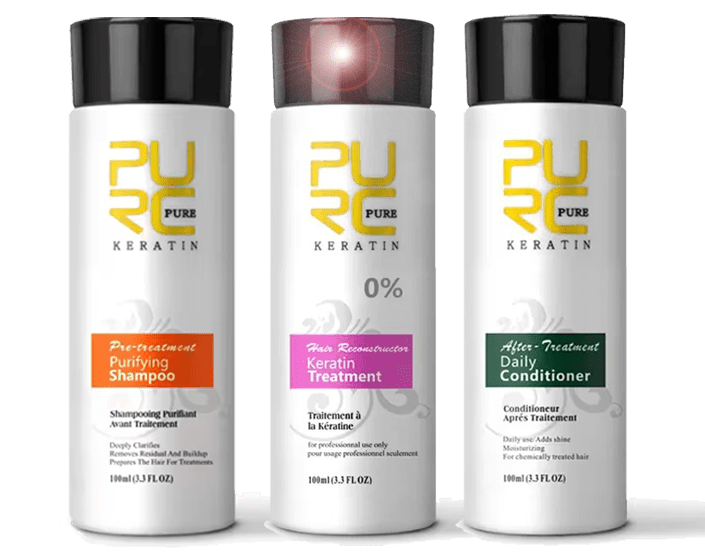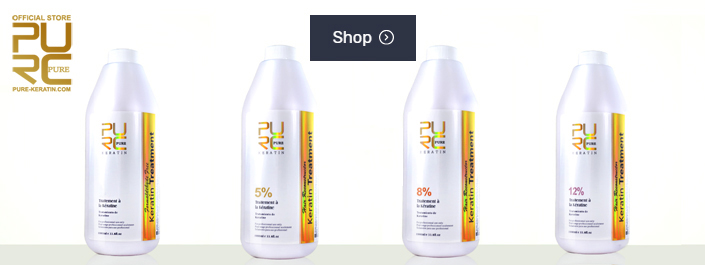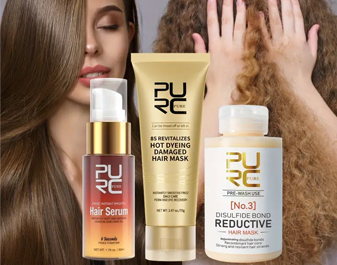What’s the difference between formaldehyde-free and traditional keratin treatments?
KERATIN TREATMENT on 28th Sep 2024
What’s the Difference Between Formaldehyde-Free and Traditional Keratin Treatments?
Table of Contents
- Introduction to Keratin Treatments
- Understanding Traditional Keratin Treatments
- The Rise of Formaldehyde-Free Keratin Treatments
- Key Differences Between Formaldehyde-Free and Traditional Keratin Treatments
- How to Choose Between Formaldehyde-Free and Traditional Keratin Treatments
- Frequently Asked Questions
- Conclusion
Introduction to Keratin Treatments
What Are Keratin Treatments?
Keratin treatments involve the application of a chemical solution that smooths the hair’s cuticle by infusing it with keratin, a natural protein found in hair. The treatment strengthens hair strands, leaving them frizz-free and more manageable.
The Purpose and Benefits of Keratin Treatments
Keratin treatments reduce frizz, add shine, and make hair easier to style. They strengthen the hair shaft, protect against humidity, and can last up to six months.
How Keratin Treatments Work on Hair Structure
By breaking down the hair’s natural structure, keratin treatments re-align the bonds and coat the strands, sealing them with heat. This process smooths the hair, reducing frizz and making it more manageable.
Understanding Traditional Keratin Treatments
Overview of Traditional Keratin Treatments
Traditional keratin treatments use formaldehyde to bond keratin to the hair shaft, ensuring smooth, frizz-free results that last for months. These treatments are popular with individuals seeking long-lasting straight hair.
Role of Formaldehyde in Traditional Keratin Treatments
Formaldehyde helps preserve the keratin treatment, making it last longer. However, this chemical has known health risks, such as respiratory issues and skin irritation.
Long-Lasting Effects of Traditional Keratin Treatments
Traditional keratin treatments provide long-lasting smoothness, often lasting three to six months, depending on hair type and aftercare.
Risks and Side Effects of Formaldehyde-Based Treatments
Formaldehyde can cause health risks, including respiratory problems, scalp sensitivity, and irritation of the eyes and throat.
The Rise of Formaldehyde-Free Keratin Treatments
What Are Formaldehyde-Free Keratin Treatments?
Formaldehyde-free keratin treatments use alternative smoothing agents, like glyoxylic acid, to achieve similar results without the health risks posed by formaldehyde.
Key Ingredients in Formaldehyde-Free Treatments
Common ingredients in formaldehyde-free treatments include glyoxylic acid and keratin hydrolysates. These provide smoother hair without the harsh chemicals found in traditional treatments.
Are Formaldehyde-Free Treatments Safe?
Though marketed as safer, some treatments may still contain small amounts of formaldehyde. Be sure to check product ingredients to ensure they are truly formaldehyde-free.
Differences in Hair Texture and Results
Formaldehyde-free treatments give smoother results but may not be as straightening as traditional treatments. They typically last between two to four months.
Key Differences Between Formaldehyde-Free and Traditional Keratin Treatments
Safety and Health Considerations
Traditional treatments carry more health risks due to formaldehyde, while formaldehyde-free treatments are considered safer.
Ingredients Used
Traditional treatments rely on formaldehyde, while formaldehyde-free alternatives use gentler ingredients like glyoxylic acid.
Application Process and Time
Both processes are similar, but formaldehyde-based treatments require more care due to the harmful fumes. Formaldehyde-free treatments are quicker and don’t require ventilation measures.
Duration of Results
Traditional treatments last longer, often up to six months, while formaldehyde-free treatments typically last two to four months.
Hair Texture After Treatment
Traditional treatments offer straighter hair, while formaldehyde-free treatments provide a smoother, more natural look.
Pricing Differences
Traditional treatments are more expensive due to their longer-lasting effects, while formaldehyde-free treatments are often more affordable but require more frequent touch-ups.
How to Choose Between Formaldehyde-Free and Traditional Keratin Treatments
Personal Health Concerns and Allergies
If you have sensitivities or allergies to chemicals, formaldehyde-free treatments are a safer option.
Hair Type and Desired Results
Those with curly or frizzy hair may prefer traditional treatments for stronger straightening, while finer hair may benefit from formaldehyde-free treatments for a more natural result.
Budget and Salon Availability
Traditional treatments last longer but are more expensive. Formaldehyde-free treatments are more budget-friendly but require more frequent appointments.
Environmental Impact
Formaldehyde-free treatments use fewer harsh chemicals and are considered better for the environment.
Frequently Asked Questions
Are formaldehyde-free treatments better for sensitive scalps?
Yes, formaldehyde-free treatments are generally safer for those with sensitive skin or allergies.
Can I do a keratin treatment at home?
While home kits are available, it’s best to have a professional apply the treatment to avoid damage.
How often should I get a keratin treatment?
It depends on the type of treatment. Formaldehyde-free treatments need reapplication every 3-4 months, while traditional ones last 6 months.
What are alternatives to keratin treatments?
Other options include Brazilian blowouts, Japanese straightening, or using natural hair oils for smoother hair without chemicals.
Will a formaldehyde-free treatment work on all hair types?
Yes, though results may vary based on hair texture. Coarser hair may not straighten as effectively.
Can I color my hair after a keratin treatment?
Yes, but wait at least two weeks after the treatment before applying color.
Conclusion
Choosing between formaldehyde-free and traditional keratin treatments depends on your health, hair type, and desired results. While traditional treatments offer longer-lasting smoothness, formaldehyde-free options provide a safer alternative. Weighing the pros and cons of each will help you make the best decision for your hair care needs.



















